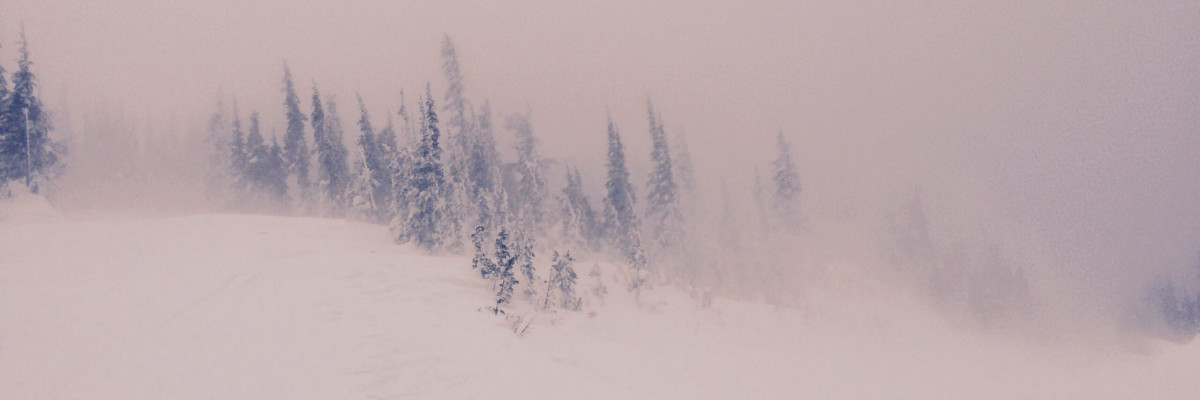An avalanche warning is in effect for the mountains of west central Montana above 6000 feet. The Avalanche danger is High on all wind loaded terrain steeper than 30 degrees.
Good afternoon! This is Steve Karkanen with this special warning from the West Central Montana Avalanche Center. We are still in the field and will post more info by Monday morning.














